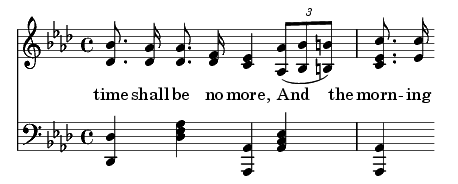If It Is In The Scale: Example 1
Determine where you are trying to put the run.
For the first run, look at the fourth beat of the second measure. Here, the words “And the” provide a good place for a small run, since the melody line is ascending already.
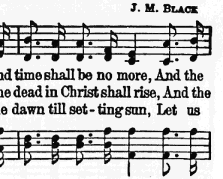
Hymnal Version
Decide on a target note.
The target is the word “morning”, the first beat of the next measure. Therefore, our target note is C.

Target Note
Choose an appropriate rhythm for the run.
The rhythm for the fourth beat (“And the”) is a dotted eighth and sixteenth, giving you two notes on the beat. Now, in the evangelistic style of playing, triplet runs are very common. One could even say that triplets define the evangelistic style. With this in mind, you will incorporate triplets into your run.
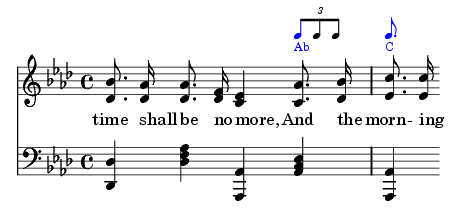
Rhythm Desired
Count how many notes will fit into the run.
Since this is a one beat run of triplets, and we already know what the starting note is, we only need to decide what the middle two notes need to be.
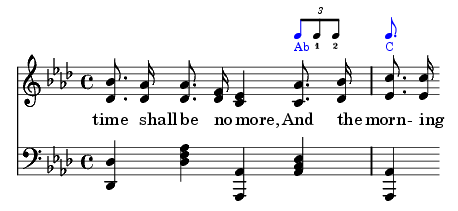
Notes Counted
Adjust the starting note so that it is the first note of a chord.
If you back away from C three scale tones, you will be playing G, Ab, and Bb. This is bad for two reasons. First, G is not part of the Ab chord, which is the underlying chord of the passage. Secondly, the melody note is Ab, so playing a G first will conflict with the melody. You must adjust the run so that Ab is the first of the triplets. This creates a new problem, though, for now you will get to your target note (C) too early. The remedy is to modify the run to include chromatic steps toward the end. In this situation, play Ab, Bb, and B. This will lead you to the C nicely.
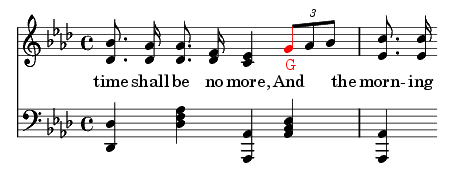
Mis-Matched Starting Note
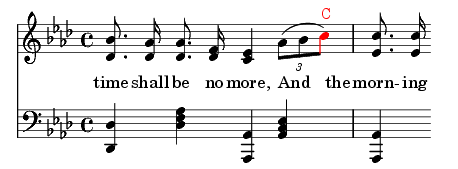
Starting Note Corrected, Target Reached Too Soon
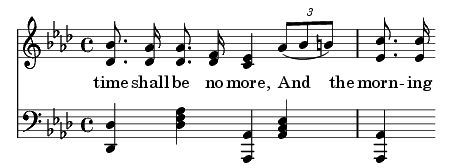
Since you are an observant pianist, you are probably saying, “Wait! B is not in the scale!” This is true, but it is acceptable since it is only played in passing. This will be discussed more in the next section when talking about the third rule.
Make sure it sounds good!
This run sounds best played in octaves, but is not limited to such. Since this is an easier run to implement, you may be tempted to play it too often. Remember: If your ear anticipates hearing this run every time you play through the song, you are probably using it too much.
